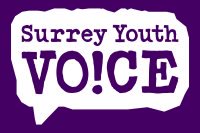Information and services
Our Voice Matters 2025
Young people in Surrey, aged 7 to 25 make your voice heard! Fill out the Our Voice Matters Survey and help shape your future and what’s next for your community.
Our Voice Matters 2022 Impact and Comparison Report
The Our Voice Matters 2022 survey examines our results, their usage, and comparisons with local and national data sources.
Our Voice Matters 2022
The results from Our Voice Matters in 2022, a survey for anyone aged 8 to 25 as a way for children and young people to tell us what it is like to grow up here.
Did you find this information helpful?
- Reviewed: 19 Feb 2025
- Send to a friend

